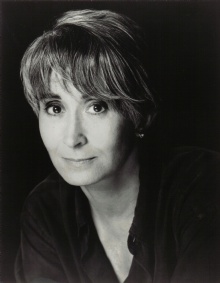"I would have to challenge the term, modern dance. I don't really use that term in relation to my work. I simply think of it as dancing. I think of it as moving"
About this Quote
Twyla Tharp resists the gatekeeping power of labels. By challenging “modern dance,” she pushes back against a taxonomy that can calcify curiosity and prescribe outcomes before the body has moved. Her emphasis on “dancing” and “moving” returns the art to its simplest, most radical core: action in time and space. Movement precedes classification; sensation precedes style.
Such a stance reflects her practice. Tharp’s choreography has long braided ballet, jazz, social dance, pedestrian gesture, and pop vernacular. The work doesn’t ask whether a phrase belongs to a school; it asks whether it works, rhythmically, spatially, emotionally, intellectually, inside a living structure. The palette is broad because life is broad, and the body remembers many languages at once. By foregrounding motion itself, she keeps the door open to hybridity and surprise.
There is also a philosophical claim here. To think of dance as moving is to privilege experience over doctrine, presence over lineage. It invites a phenomenological gaze: what is the weight, the breath, the direction, the intent? How does momentum accumulate, suspend, redirect? These are questions any body can engage, regardless of pedigree. The approach democratizes both making and watching, encouraging audiences to sense rather than sort.
None of this dismisses rigor. It shifts rigor’s locus from adherence to a label toward clarity of craft: musicality, timing, spatial design, partnering intelligence, risk, recovery. Technique becomes a toolbox, not a passport. The measure is coherence and vitality, not compliance with a genre.
For the field, her challenge is a caution against ossification. Historical terms help us map a lineage, secure funding, teach context. But when they harden into aesthetic borders, they narrow imagination. By insisting on the primacy of movement, Tharp argues for a living art that evolves because it keeps returning to its engine: bodies in motion, thinking with their muscles, discovering form as they go.
More details
About the Author
